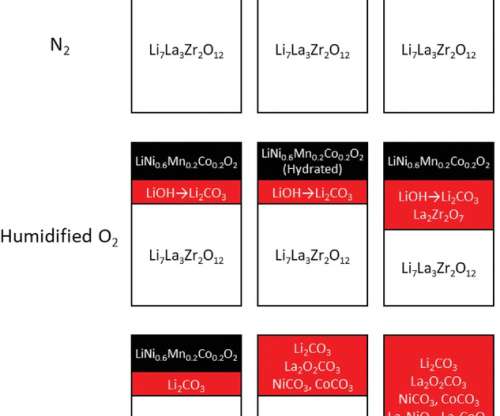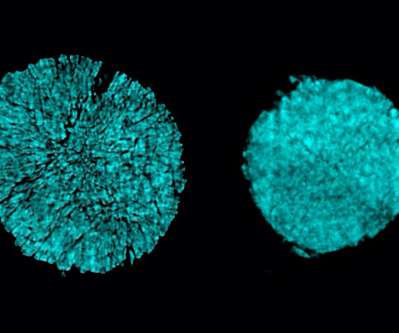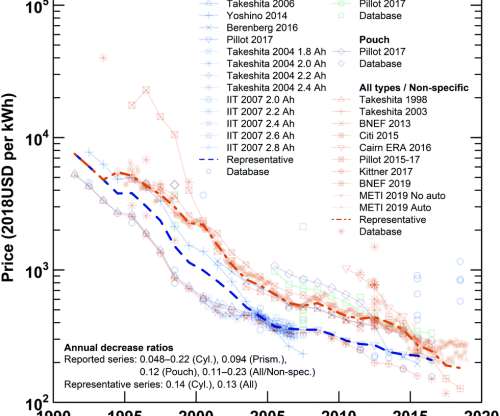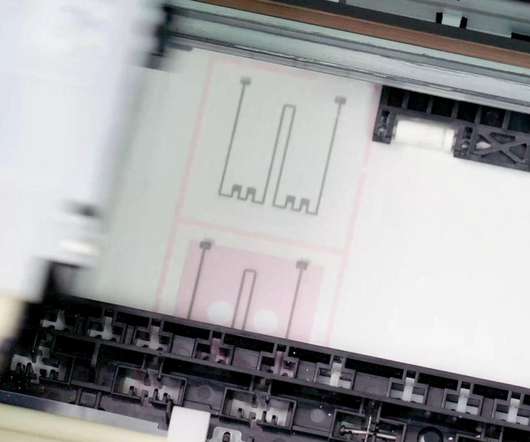MIT, Brookhaven team develops simple method for stabilizing interfaces in solid-state lithium-ion batteries
Green Car Congress
MARCH 11, 2022
Solid-state batteries could potentially not only deliver twice as much energy for their size, they also could virtually eliminate the fire hazard associated with today’s lithium-ion batteries. The research was supported by the US Army Research Office through MIT’s Institute for Soldier Nanotechnologies. —Professor Yildiz.

































Let's personalize your content